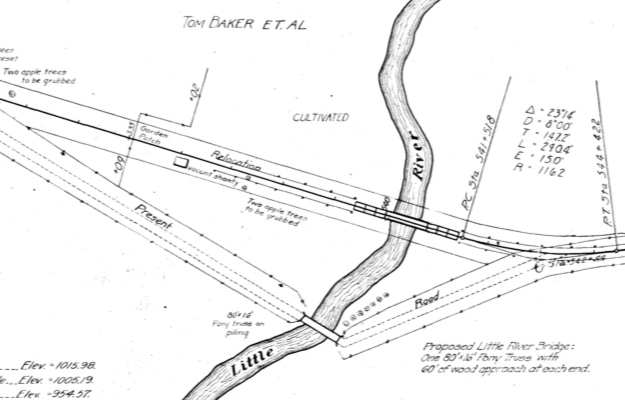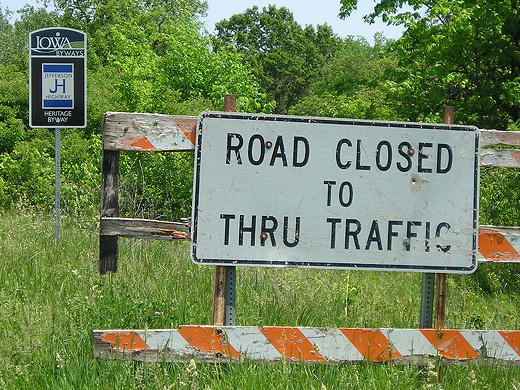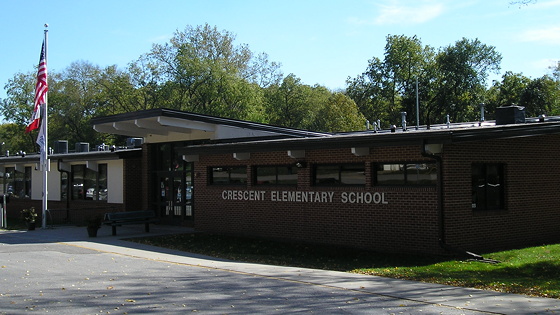
The 1953 state highway map has a crudely drawn line for what was to become IA 370 and the designation still attached to the town of Dike. That would change.
It turns out a remark I made on one route page is untrue, and there’s a story in the correction.
I thought Iowa had numbers to spare when the Missouri River toll bridge at Bellevue opened at the end of 1952. After in-depth examination of the state maps around that period, Iowa did not. All the free numbers were in use in Nebraska.
But sometime in 1952, the Iowa Highway Commission eliminated a five-block-long highway into downtown Dike. Dike’s city limits were along a state-maintained road (US 20, now D19), but the town is one of a dozen such cases that managed to get a spur route into downtown anyway. Its number, assigned in 1939, was 370.
When the Bellevue bridge was being built in 1951 and 1952, there was no connection to US 275 on the Iowa side. According to the Lincoln Evening Journal on December 27, 1952, “[a] newly graded road on the Iowa side of the river had not been surfaced by the opening day, but it was to be graveled.”
Iowa needed to come up with a number, and on September 10, 1952, shortly before the bridge opened, the Highway Commission grabbed the lowest number that wasn’t in use in either state…370.

October 22, 2014
Shortly after the opening of the new US 34 bridge, IA 370 disappeared, but the number is still alive in Nebraska, because of a little highway designated in Dike in 1939.





